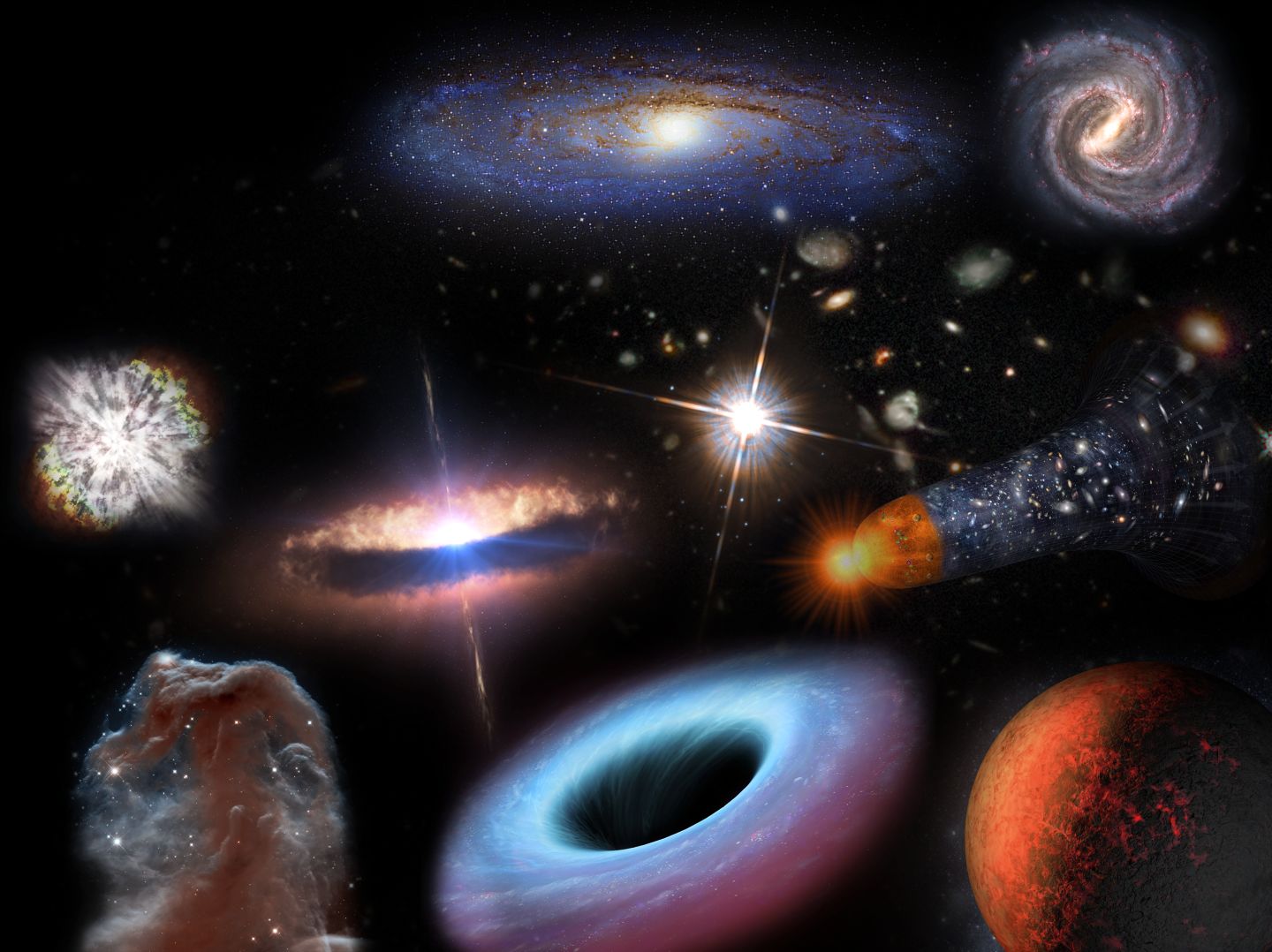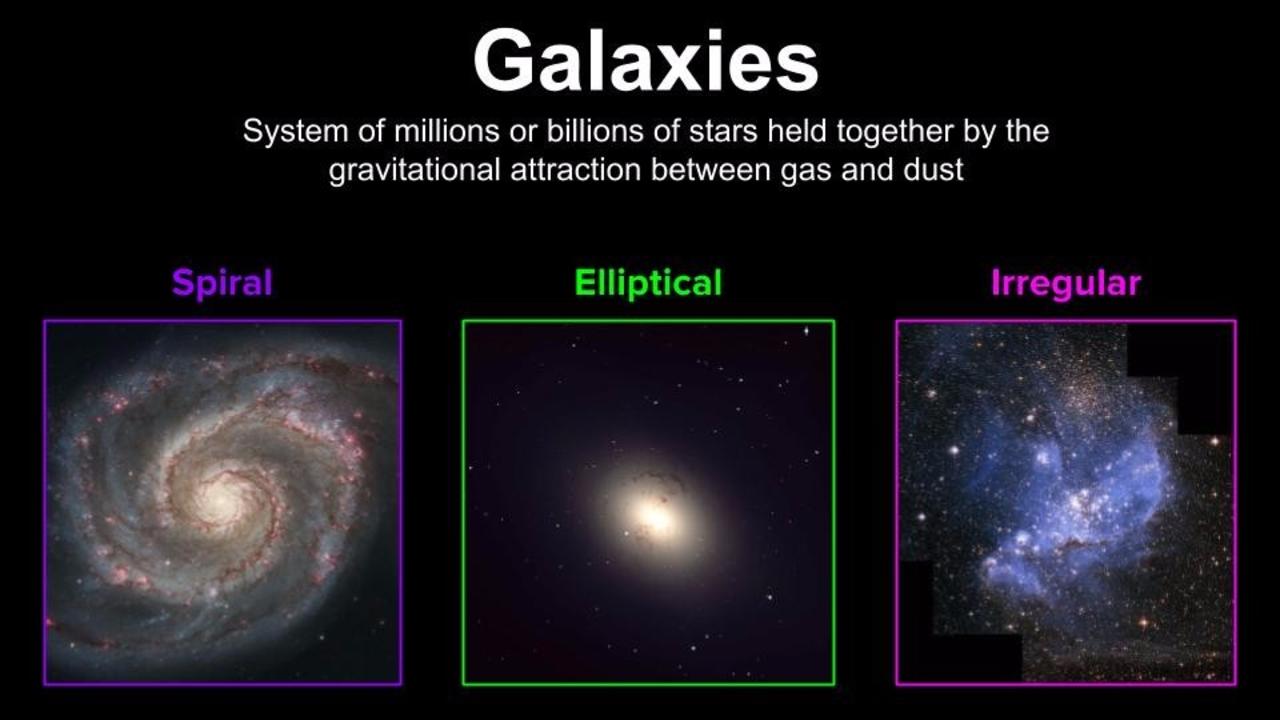

On an astronomical timescale, it’s very young. Our solar system is “only” 4.6 billion years old. The lack of young objects in elliptical galaxies is further evidence that, in order to form stars, you need spiral arms.Įxplains why our home is a spiral galaxy. That’s no surprise–the spiral arms of spiral galaxies, practically by definition, are home to all the star-forming ingredients and active star-forming regions we could possibly want.

That is to say…they have no young stars and no ingredients for star formation. Sure enough, though, it’s an elliptical galaxy.Įlliptical galaxies have no visible gas or dust and no hot, bright stars. See what I mean? Look how spread out its stars are.

(Yes, I know, I’ve hyped and hinted at the mysterious story of globular clusters for ages–someday, I’ll dedicate a post to them!) It’s barely larger than a globular star cluster, an object found within galaxies. But the Leo 1 dwarf, on the other hand–a satellite of the Milky Way–barely even looks like a galaxy. E7s, on the other hand, are ridiculously stretched out–even more than an American football.Īnd then, of course, you’ve got variation in the sizes of galaxies. E1s, like the giant elliptical galaxy Messier 87, are quite round. They’re all blobs!īut the numerical index you see above, from E0 to E7 (“E” standing for elliptical), tells you just how round or squashed/elongated an elliptical is. Ok…I guess that doesn’t really look like a whole lot of variation. No need for you to face the same confusion I did. So what the heck is the difference between a spiral galaxy and an elliptical galaxy?” I thought, “Isn’t an ellipse like a circle–that is, mathematically, a circle is a special case of an ellipse? And spiral galaxies have circular (or elliptical) disks. When I first learned about elliptical galaxies, I found it a bit confusing. There’s actually a couple of different galaxies in this photo–including one that looks just a little bit spiral-ish, judging by the trail of dust visible in its profile.īut the galaxy that dominates this view is of a shape you might not be very familiar with. Let’s start with the most common galaxies… But we’ll get to the reasons for that…įor now, let’s take a dive into all the different types of galaxies. Well…it doesn’t “just happen” to be a spiral. Our Milky Way just happens to be a spiral. We dipped our toes in the waters of studying galaxies by exploring our own home galaxy–a reasonable starting point. There is, of course, another reason we’re so familiar with spirals right now. When I did, nearly all the results were spirals…even though spirals are not the most common galaxies in the universe. Do me a favor and do a quick Google search for galaxies. It makes sense–they’re certainly the most photogenic. By now, we’ve spent a heck of a lot of time exploring spiral galaxies.


 0 kommentar(er)
0 kommentar(er)
